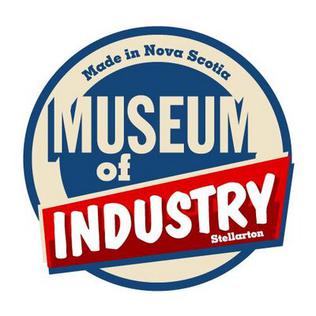Nova Scotia Museum of Industry facts for kids
 |
|
| Established | 1986 |
|---|---|
| Location | 147 North Foord Street, Stellarton, Nova Scotia |
| Type | Industry museum |
The Nova Scotia Museum of Industry is a fascinating place located in Stellarton, Nova Scotia. It tells the exciting story of how people worked and what they created in Nova Scotia. This museum is part of the Nova Scotia Museum system. It helps us understand how the Industrial Revolution changed Nova Scotia. The Industrial Revolution was a time when new machines and factories changed how things were made.
Contents
About the Museum
The idea for the museum started in 1974. People wanted to save important parts of Nova Scotia's industrial past. A special expert, called a curator, was hired in 1986. This person began collecting items for the museum.
Building and Opening
The museum building is very large, about 80,000 square feet. It was designed by architects from Halifax. The building was finished in 1990. The museum first opened its doors to visitors in 1995.
Location and History
The museum is built next to the Trans Canada Highway. This area is special because it has some of Nova Scotia's oldest industrial sites. One of these is the Foord Pit. This was once the deepest coal mine in the world. Another important site is the Albion Railway. This was Canada's very first railway for both people and goods.
What You Can See
The museum has a huge collection of more than 30,000 objects. These items show how industry and work have changed over time.
Famous Exhibits
- The Samson locomotive: This is the oldest railway engine in Canada. It was part of the Albion Railway.
- The Victorian: This was a very early car, called a "horseless carriage." It was the first car powered by gasoline built in the Maritimes.
Interactive Galleries
The museum has many interactive exhibits. These let you explore how industry and work grew in Nova Scotia. You can learn about different jobs and machines.
Coal Mining History
A big part of the museum is about coal mining in Nova Scotia. There is a special display about the Westray Mine disaster. This sad event happened near the museum on May 9, 1992. The museum helps visitors understand the history and challenges of mining.
External Links
- Museum of Industry website
- Museum Profile, Canadian Heritage Information Network


